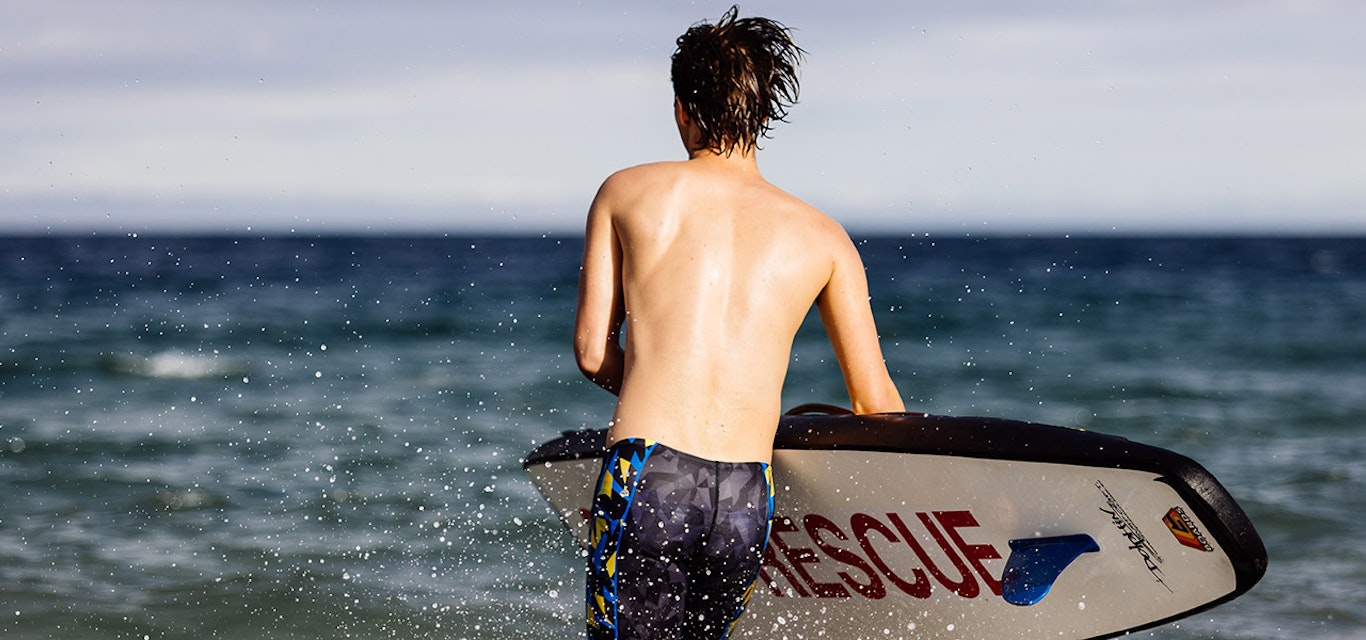Tips & tricks
First aid tips for summer
Thanks to St John Ambulance Australia (Tas) we've listed some tips on staying safe at the beach this summer.
Bites and stings
Although Tassie beaches are beautiful, they’re also home to some creepy crawlies. If you’re stung or bitten by one, it has the potential to be very painful and/or dangerous if not cared for properly.
Snakes and blue-ringed octopus
- If bitten on a limb, apply pressure with a bandage at the site of the bite/sting.
- Starting just above the fingers or toes, tightly wrap the limb with a bandage in an upwards direction as far as possible.
- Immobilise the limb.
- Seek medical help.
Bluebottles and other non-tropical jellyfish
- Rest and reassure the patient. Do not rub the affected area.
- Safely remove any tentacles.
- Thoroughly rinse the stung area with seawater. Do not rinse with fresh water as it causes the immediate discharge of thousands of stinging cells.
- Once rinsing with seawater is complete, place the stung area in hot water (as hot as the patient can comfortably bear) for 20 minutes.
- If heat doesn't relieve the pain or hot water is unavailable, a cold pack or ice in a dry plastic bag should be applied.
- If the pain persists, the stung area is large or involves a sensitive area (e.g. the eye), call an ambulance by dialling triple zero (000).
Bee, wasp, ant, tick and scorpions
- Apply a cold pack to the bitten or stung area for 15 minutes.
- Seek medical aid if pain worsens.
Heat-induced illnesses
It’s important to stay well hydrated and protected from the sun if you’re spending all day at the beach. If heat exhaustion isn’t managed properly it can turn into heat stroke, which can be potentially life-threatening.
Heat exhaustion
Signs and symptoms
- Feeling hot, exhausted, weak, fatigued
- Persistent headache
- Thirst
- Nausea
- Faintness, dizziness
- Rapid breathing, shortness of breath
- Pale, cool, moist skin
- Rapid, weak pulse
What to do
- Move the patient to a cool place with circulating air.
- Help the patient to sit or lie down in a comfortable position.
- Remove unnecessary clothing from the patient, and loosen any tight clothing.
- Sponge the patient with cold water.
- Give the patient cool water to drink.
- Seek medical aid if the patient vomits or does not recover quickly.
Heat stroke
Signs and symptoms
- High body temperature of 40 degrees celsius or more
- Flushed, dry skin
- Pounding, rapid pulse that gradually weakens
- Headache and irritability
- Nausea, vomiting
- Visual disturbances
- Faintness, dizziness, confusion
- Loss of consciousness
- Seizures
What to do
- Call triple zero (000) for an ambulance.
- Move the patient to a cool place with circulating air.
- Help the patient to sit or lie down in a comfortable position.
- Remove unnecessary clothing from the patient, and loosen any tight clothing.
- Apply a cold pack to areas of large blood vessels such as the neck, groin and armpits, to accelerate cooling.
- If possible, cover the patient with a wet sheet and fan to increase air circulation. Stop cooling when the patient feels cold to the touch.
- If patient is fully conscious and is able to swallow, give them cool water to sip.
You can find more first aid facts on the St John website.
Published
21 November 2019
